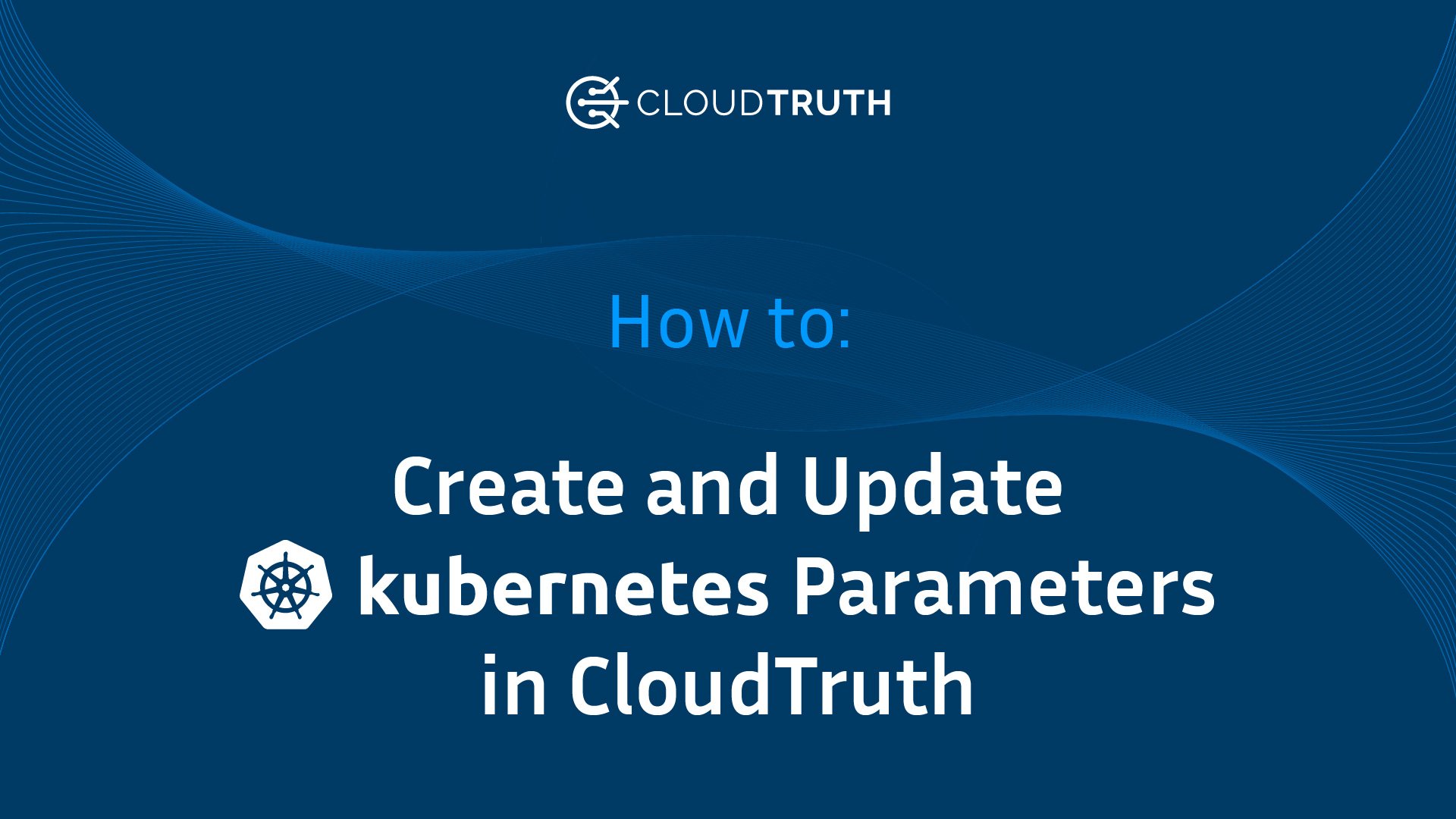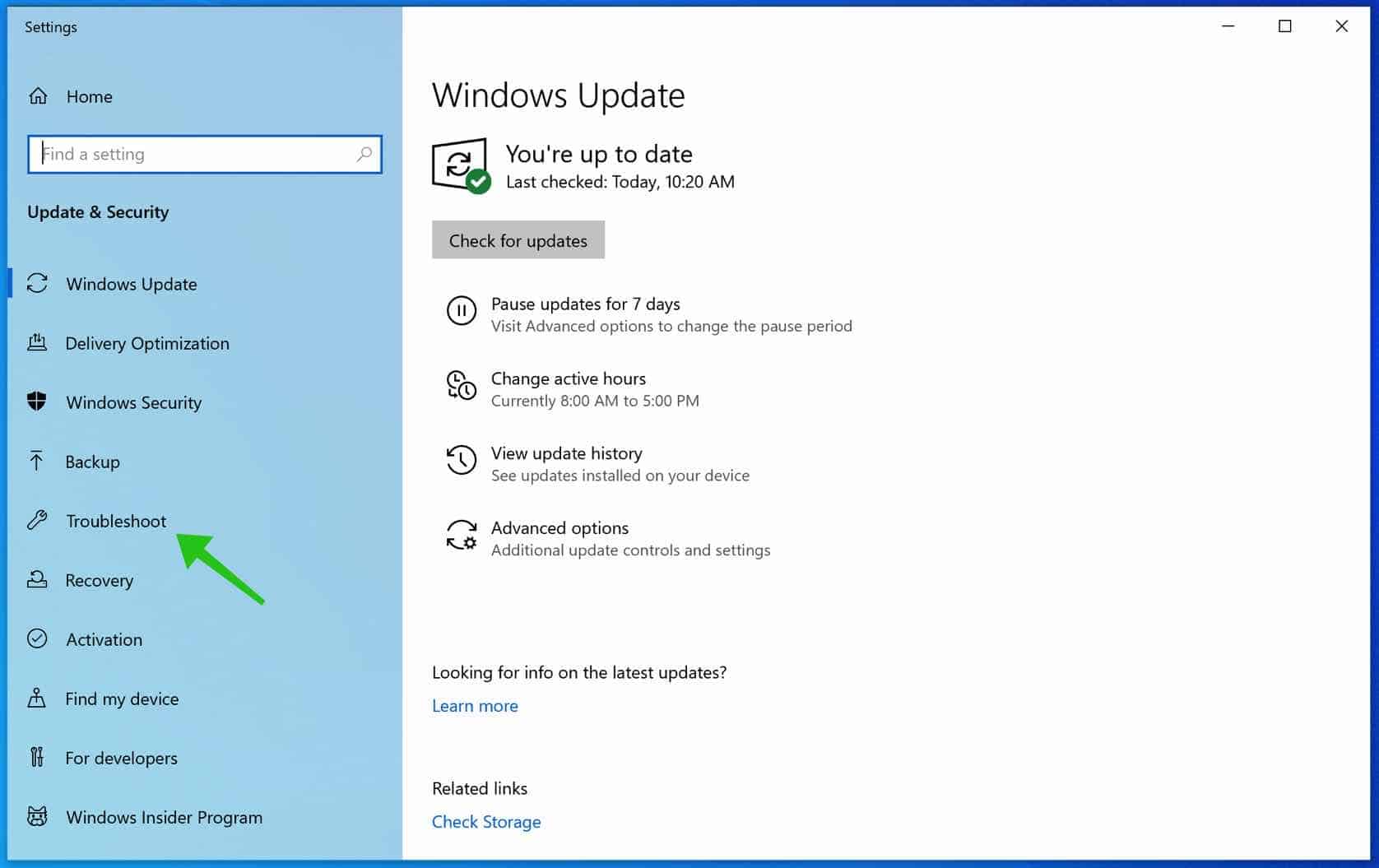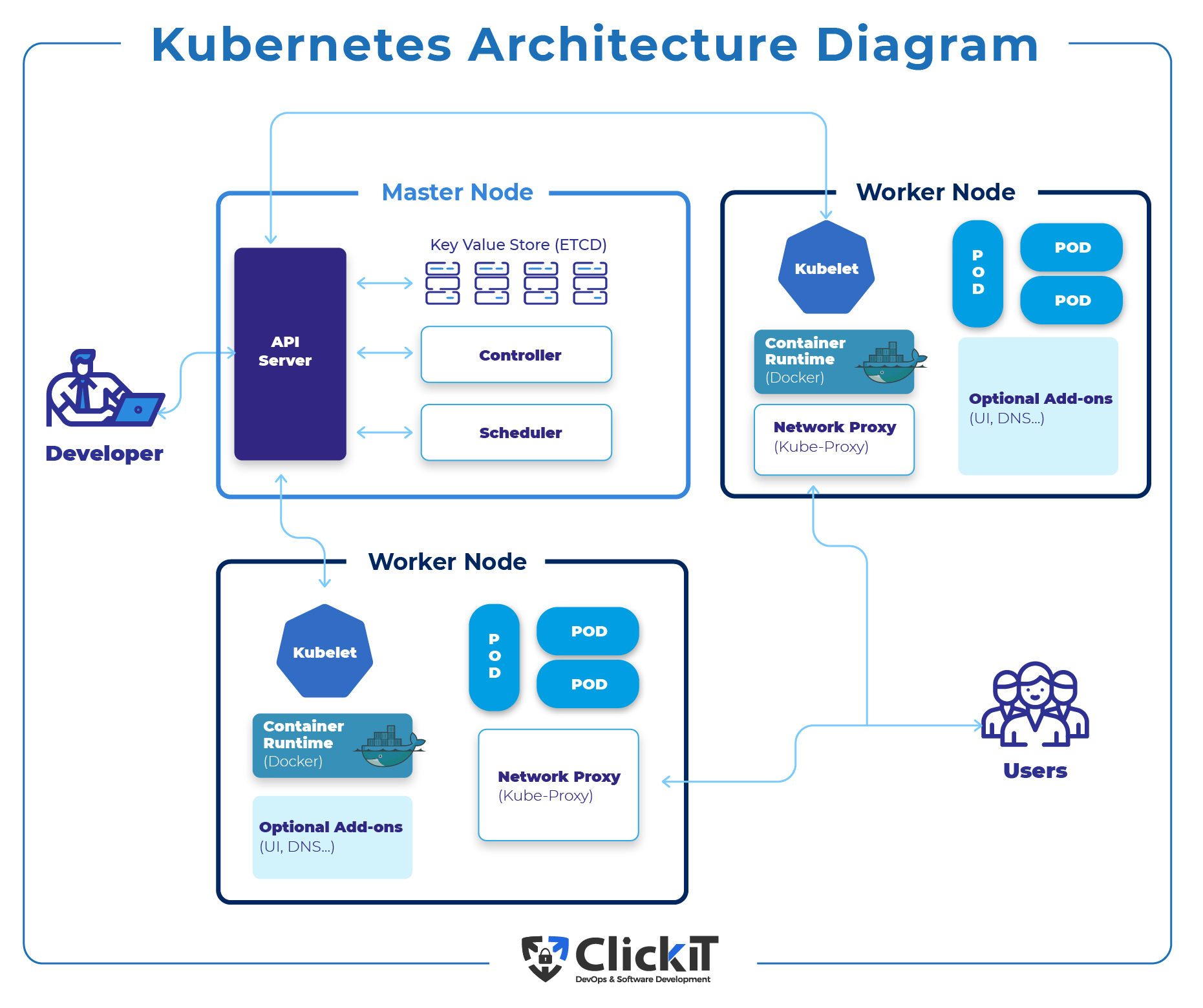Understanding the Kubernetes Upgrade Process
Upgrading Kubernetes from version 1.23 to 1.24 is an essential task for any organization utilizing this powerful container orchestration platform. Staying up-to-date with the latest version offers numerous benefits, including enhanced features, improved security, and increased efficiency. However, the upgrade process can present certain challenges that must be carefully managed to ensure a seamless transition.
The Kubernetes upgrade process involves updating the Kubernetes control plane and worker nodes from one version to another. This process requires careful planning and execution to minimize disruptions to services and applications running on the platform. By understanding the upgrade process, organizations can mitigate potential risks and ensure a successful transition to Kubernetes 1.24.
Preparing for the Upgrade: A Comprehensive Checklist
Preparation is key to ensuring a successful Kubernetes upgrade from version 1.23 to 1.24. By following a comprehensive checklist, organizations can minimize potential risks and disruptions during the upgrade process. Here are the essential steps to follow when preparing for a Kubernetes upgrade:
- Backup data: Before initiating the upgrade process, ensure that all critical data is backed up. This step is crucial for recovering data in case of any issues during the upgrade.
- Check for compatibility issues: Verify that all applications and services running on Kubernetes are compatible with version 1.24. This may involve updating dependencies, modifying configurations, or even replacing outdated components.
- Notify relevant stakeholders: Communicate the upgrade schedule and potential impacts to all relevant stakeholders, including developers, system administrators, and users. This will help ensure a smooth transition and minimize disruptions to services and applications.
- Schedule downtime: Plan for scheduled downtime during the upgrade process. While Kubernetes offers rolling upgrades that minimize disruptions, certain services and applications may still experience brief outages during the upgrade.
- Test in a staging environment: Before upgrading the production environment, test the upgrade process in a staging environment. This will help identify and resolve any potential issues before upgrading the live environment.
By following these preparation steps, organizations can ensure a smooth and successful Kubernetes upgrade from version 1.23 to 1.24.
Step-by-Step Guide: Upgrading Kubernetes from 1.23 to 1.24
A well-planned and executed Kubernetes upgrade from version 1.23 to 1.24 can ensure the smooth transition of your containerized applications and services. This step-by-step guide outlines the process, offering valuable insights and best practices to help you upgrade with confidence.
Before diving into the upgrade process, it’s essential to understand that Kubernetes releases follow a systematic schedule, with each version containing new features, bug fixes, and improvements. Staying up-to-date with the latest version, such as 1.24, offers several benefits, including enhanced functionality, improved security, and better performance. However, potential challenges during the upgrade may include compatibility issues, downtime, and configuration adjustments.
To minimize risks and ensure a successful upgrade, follow this comprehensive checklist:
- Backup data: Before initiating the upgrade, securely backup all critical data and configurations. This step ensures that, in case of any unforeseen issues, you can quickly restore your system to its previous state.
- Check compatibility: Verify that all applications and services running on your Kubernetes cluster are compatible with version 1.24. This may involve reviewing documentation, testing in a staging environment, or reaching out to third-party software providers for confirmation.
- Notify stakeholders: Keep all relevant parties informed about the upgrade process, including expected downtime, potential risks, and benefits. This proactive communication helps manage expectations and ensures that everyone is prepared for the transition.
Now that you’ve completed the necessary preparations, follow these steps to upgrade Kubernetes from 1.23 to 1.24:
- Update kubeadm: Begin by updating the kubeadm tool to the latest version available for 1.23. This can be done using the package manager for your operating system, such as
apt-getoryum. - Plan the upgrade: Use the
kubeadm upgrade plancommand to generate a plan for upgrading your cluster. This command will provide you with a summary of the steps required to upgrade to 1.24, including any necessary manual interventions. - Drain nodes: Before upgrading individual nodes, ensure that no critical workloads are running on them. Use the
kubectl draincommand to gracefully evict all pods from a node, allowing for a smooth upgrade process. - Upgrade nodes: Once the nodes are drained, use the
kubeadm upgrade nodecommand to upgrade each node in your cluster to version 1.24. Repeat this step for all nodes, ensuring that they are upgraded sequentially. - Upgrade kubelet and kubectl: After upgrading all nodes, update the kubelet and kubectl components on each node to match the new Kubernetes version. This can be done using the package manager for your operating system.
- Verify the upgrade: Once the upgrade is complete, use the
kubectl versionandkubeadm versioncommands to confirm that all components are running version 1.24.
By following these steps and best practices, you can upgrade Kubernetes from 1.23 to 1.24 with minimal disruption and maximum efficiency.
Troubleshooting Common Upgrade Issues
Upgrading Kubernetes from version 1.23 to 1.24 can sometimes present challenges, but being aware of potential issues and their solutions can help ensure a smooth transition. Here are some common upgrade issues and recommended troubleshooting steps:
1. Incompatible applications or services
Before upgrading, ensure that all applications and services running on your Kubernetes cluster are compatible with version 1.24. If compatibility issues arise, consider one of the following options:
- Upgrade the incompatible application or service to a version that supports Kubernetes 1.24.
- Modify the application or service to remove any dependencies that are incompatible with Kubernetes 1.24.
- Consider alternatives that are compatible with Kubernetes 1.24.
2. Networking plugin compatibility
Some networking plugins may not be compatible with Kubernetes 1.24. To resolve this issue, consult the plugin’s documentation or reach out to the plugin’s support team for guidance on upgrading to a compatible version.
3. Pods failing to start after the upgrade
If pods fail to start after the upgrade, check the Kubernetes events using the kubectl describe pod command. This command can help identify any issues related to the pod, such as missing volumes or incompatible configurations.
4. API deprecation or changes
Kubernetes 1.24 may introduce API deprecations or changes that affect your applications or services. Review the Kubernetes API deprecation guide to identify any potential issues and update your applications or services accordingly.
5. Persistent volume (PV) and persistent volume claim (PVC) compatibility
Ensure that your PVs and PVCs are compatible with Kubernetes 1.24. If issues arise, consider the following options:
- Upgrade the storage class or storage provider to a version that supports Kubernetes 1.24.
- Modify the PV or PVC configuration to remove any dependencies that are incompatible with Kubernetes 1.24.
- Consider alternatives that are compatible with Kubernetes 1.24.
6. Kubernetes dashboard or other add-ons not functioning as expected
If the Kubernetes dashboard or other add-ons are not functioning as expected after the upgrade, consult the add-on’s documentation or reach out to the add-on’s support team for guidance on upgrading to a compatible version.
By understanding these common upgrade issues and their solutions, you can proactively address potential challenges and ensure a successful Kubernetes upgrade from 1.23 to 1.24.
Post-Upgrade: Verifying Successful Transition
After upgrading Kubernetes from version 1.23 to 1.24, it’s crucial to verify that the upgrade was successful and that all services and applications are functioning as expected. This process ensures that potential issues are identified and addressed promptly, minimizing disruptions and maximizing system reliability. Here are the steps to confirm a successful upgrade:
- Check the Kubernetes version: Use the
kubectl versioncommand to confirm that the control plane components and kubectl are running version 1.24. - Validate the cluster status: Use the
kubectl get componentstatusescommand to ensure that all control plane components are running and healthy. - Check node status: Use the
kubectl get nodescommand to ensure that all nodes have been upgraded to version 1.24 and are in a ready state. - Test applications and services: Manually test each application and service running on the cluster to ensure they are functioning correctly. This step can be performed using automated tests, load testing tools, or manual verification.
- Monitor system performance: Keep an eye on system performance metrics, such as CPU usage, memory consumption, and network latency, to ensure that the upgraded cluster is performing as expected.
- Address any issues: If any issues are identified during the verification process, consult the Kubernetes documentation, reach out to the Kubernetes community, or engage with a Kubernetes support provider to resolve the issues promptly.
By following these steps, you can ensure a successful Kubernetes upgrade from 1.23 to 1.24 and maintain a reliable, high-performing container orchestration platform.
Maximizing Performance: Leveraging New Features in Kubernetes 1.24
Upgrading Kubernetes from version 1.23 to 1.24 brings new features and improvements that can help maximize performance and efficiency. Here are some of the key enhancements and guidance on how to leverage them:
1. Improved Kubernetes API server performance
Kubernetes 1.24 introduces several optimizations to the API server, resulting in improved performance and reduced latency. To take advantage of these improvements, ensure that your applications and services are making efficient use of the Kubernetes API.
2. Enhanced resource management with the new PodTopologySpread constraint
The new PodTopologySpread constraint in Kubernetes 1.24 enables more fine-grained control over the distribution of pods across nodes. This feature can help improve resource utilization, reduce latency, and enhance overall system performance.
3. Simplified management of large clusters with the Cluster-API project
Kubernetes 1.24 includes the Cluster-API project, which simplifies the management of large clusters by automating cluster lifecycle management tasks. By leveraging Cluster-API, you can reduce operational overhead, improve reliability, and ensure consistent configuration across your cluster.
4. Enhanced security with new admission controllers and policies
Kubernetes 1.24 introduces new admission controllers and policies that can help strengthen the security posture of your cluster. By implementing these features, you can reduce the attack surface, protect sensitive data, and ensure compliance with your organization’s security policies.
5. Streamlined storage management with the new CSI Migration Controller
The new CSI Migration Controller in Kubernetes 1.24 simplifies the management of storage resources by automating the migration of in-tree volume plugins to out-of-tree CSI drivers. This feature can help improve storage performance, reduce operational overhead, and ensure compatibility with the latest storage technologies.
6. Improved observability with the new Metrics API
Kubernetes 1.24 includes a new Metrics API that provides enhanced visibility into cluster performance and resource utilization. By leveraging this feature, you can monitor system health, identify bottlenecks, and optimize resource allocation to maximize performance and efficiency.
By understanding and leveraging these new features and improvements in Kubernetes 1.24, you can upgrade with confidence, knowing that you’re taking full advantage of the latest advancements in container orchestration.
Best Practices for Ongoing Kubernetes Maintenance
Regular maintenance is crucial for ensuring the optimal performance, security, and stability of your Kubernetes cluster. By following these best practices, you can minimize disruptions, streamline operations, and stay current with the latest releases:
1. Schedule regular upgrades
Plan and execute regular upgrades to keep your cluster up-to-date with the latest features, bug fixes, and security patches. By staying current, you can reduce the risk of compatibility issues and improve overall system performance.
2. Monitor system health and performance
Implement a robust monitoring solution to track the health and performance of your cluster. Regularly review metrics, logs, and alerts to identify potential issues, optimize resource allocation, and maintain a high level of system availability.
3. Perform regular backups and disaster recovery testing
Schedule regular backups of your cluster data and configurations to ensure that you can quickly recover from unexpected failures or disasters. Regularly test your disaster recovery plans to validate their effectiveness and identify any gaps or weaknesses.
4. Implement security best practices
Follow Kubernetes security best practices, such as enabling role-based access control (RBAC), implementing network policies, and regularly reviewing and updating your cluster’s security posture.
5. Optimize resource utilization
Regularly review resource utilization metrics and adjust your cluster’s resource allocations as needed. This practice can help ensure that your applications and services have the resources they need to perform optimally while minimizing waste and reducing costs.
6. Engage in community discussions and events
Stay informed about the latest Kubernetes developments by participating in community discussions, attending events, and following relevant blogs and news sources. This engagement can help you stay current with new releases, best practices, and emerging trends in the Kubernetes ecosystem.
By incorporating these best practices into your ongoing Kubernetes maintenance strategy, you can ensure a smooth and successful Kubernetes upgrade from 1.23 to 1.24 and maintain a high-performing, secure, and stable container orchestration platform.
Navigating Future Kubernetes Upgrades: Strategies for Staying Current
Navigating future Kubernetes upgrades requires a proactive and well-planned approach to minimize disruptions and ensure a smooth transition. Here are some strategies for staying informed and managing future upgrades:
1. Stay up-to-date with Kubernetes release cycles
Familiarize yourself with the Kubernetes release cycle and schedule. By understanding the release cadence, you can better plan for and anticipate future upgrades.
2. Monitor Kubernetes blogs and community resources
Stay informed about new releases, features, and best practices by following Kubernetes blogs, newsletters, and community resources. Engaging in community discussions can help you stay current with emerging trends and developments.
3. Test new releases in a staging environment
Before upgrading your production cluster, test new releases in a staging environment to identify potential issues and compatibility conflicts. This practice can help you ensure a smooth and successful upgrade process.
4. Plan for downtime and maintenance windows
Schedule downtime and maintenance windows for upgrades to minimize disruptions to your applications and services. Coordinate with relevant stakeholders to ensure that everyone is aware of the planned maintenance and any potential impacts.
5. Implement a phased upgrade approach
When upgrading, consider implementing a phased approach that allows you to gradually roll out the new version to a subset of nodes before upgrading the entire cluster. This strategy can help you identify and address any issues more quickly and reduce the risk of widespread disruptions.
6. Leverage automation tools and scripts
Automate the upgrade process using tools and scripts to reduce manual intervention, minimize human error, and accelerate the upgrade process. Many Kubernetes tools and platforms offer built-in automation capabilities to streamline upgrades.
7. Document your upgrade process
Maintain detailed documentation of your upgrade process, including any custom scripts, configurations, or best practices. This documentation can help you ensure a consistent and repeatable upgrade process and serve as a valuable reference for future upgrades.
By following these strategies, you can effectively navigate future Kubernetes upgrades, stay current with the latest releases, and maintain a high-performing, secure, and stable container orchestration platform.








